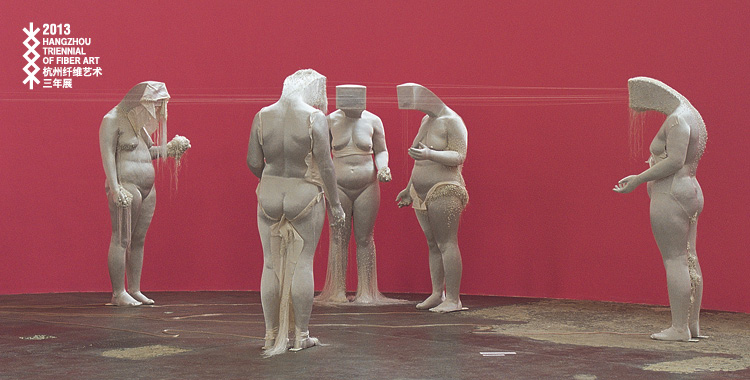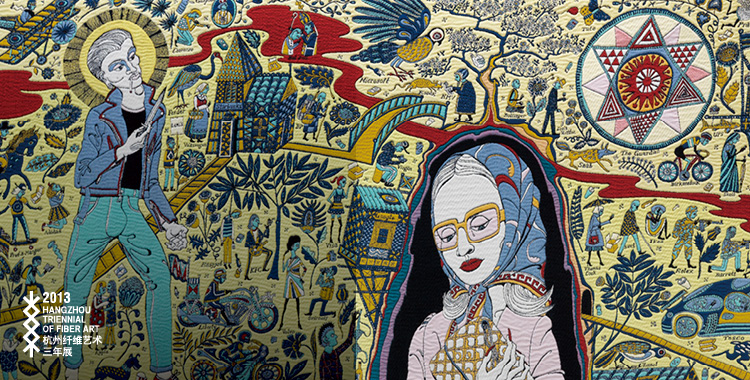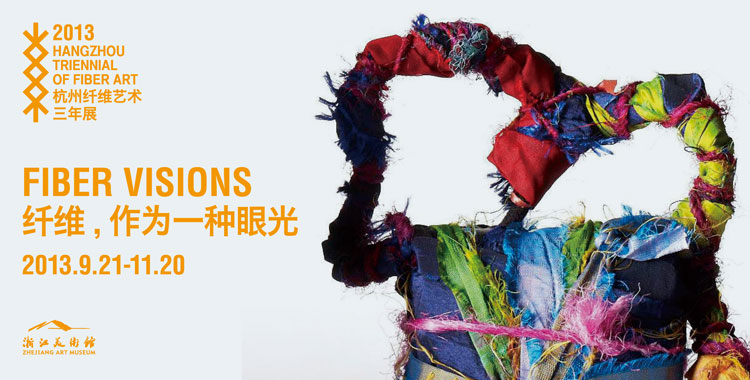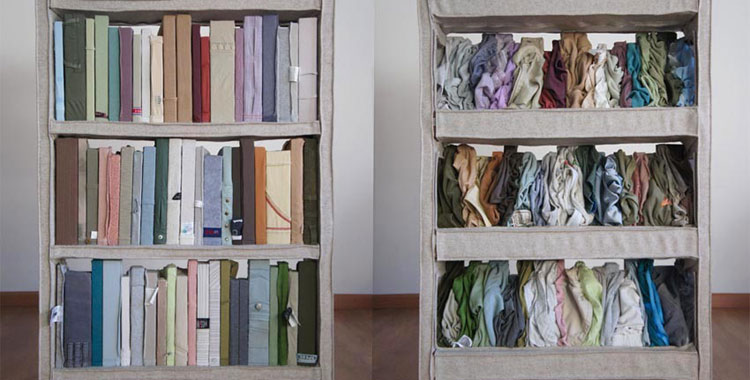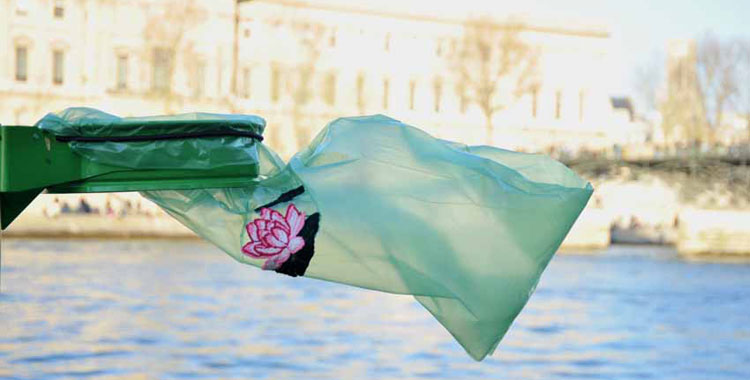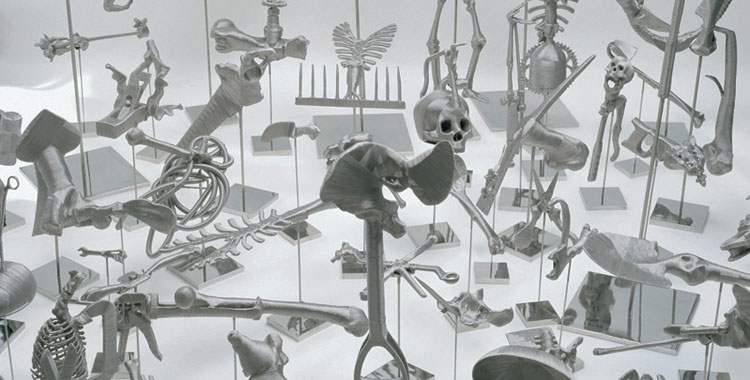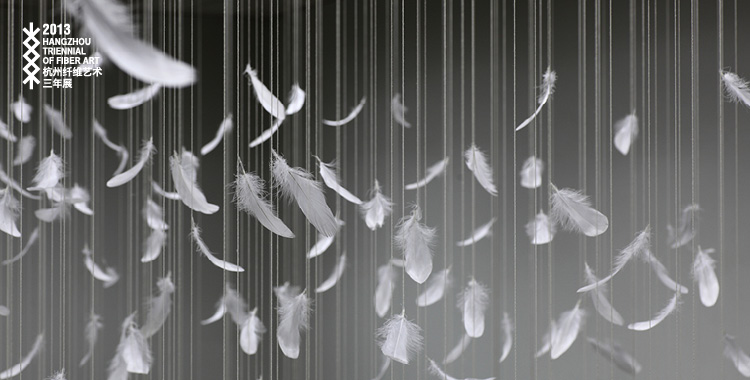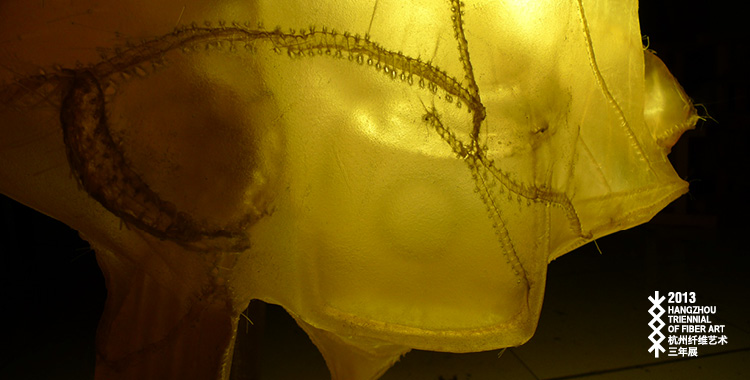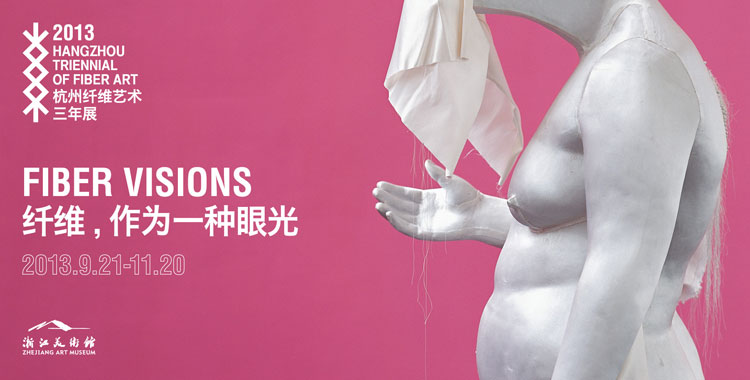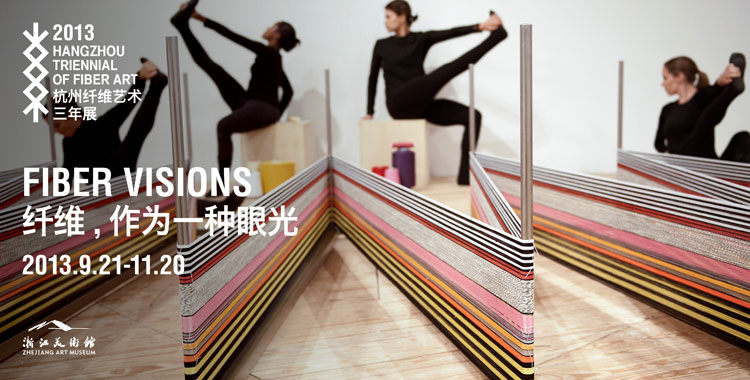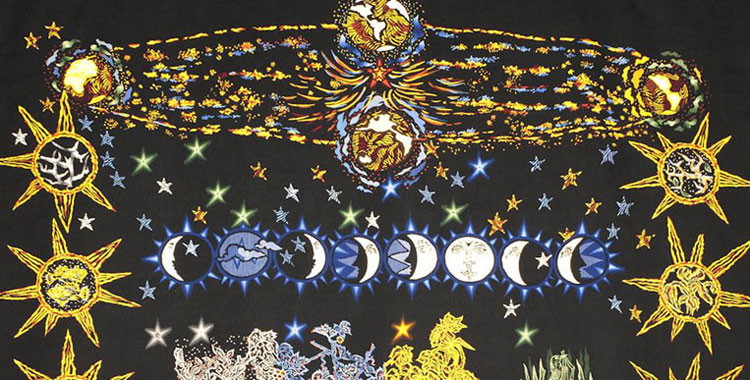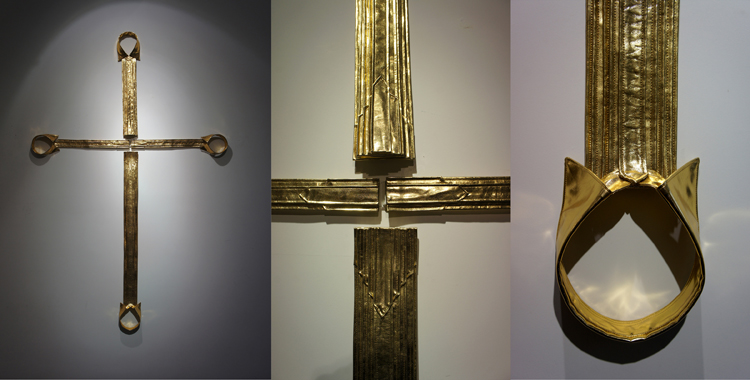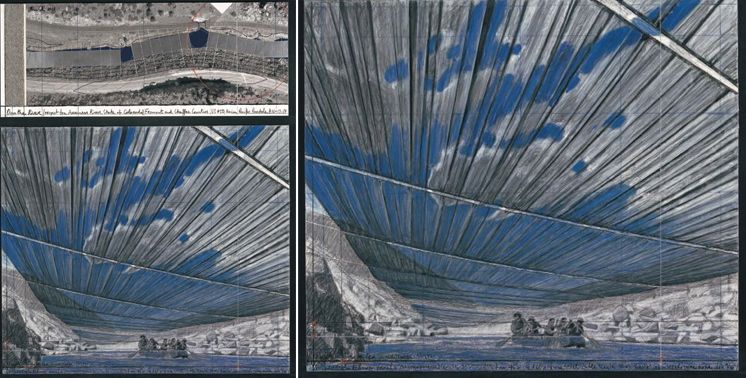Philip Beesley
Philip Beesley practices digital media art and experimental architecture, and is principal of the interdisciplinary design firm Philip Beesley Architect in Toronto, Canada.
Beesley received a Bachelor of Fine Art from Queen’s University and his professional degree in Architecture from the University of Toronto. Distinctions include the Prix de Rome in Architecture (Canada), 1st prize at Spain’s VIDA 11.0, and a Far Eastern International Digital Architectural Design Award (FEIDAD) as well as selection to represent Canada at the 2010 Venice Biennale for Architecture. In addition to ‘Aurora’ for Simons at the West Edmonton Mall, recent projects include installations for The City Gallery (Wellington, New Zealand), The Dutch Electronic Art Festival (Rotterdam, Netherlands), Fundación Telefónica (Madrid, Spain), the Digitial Arts Festival (Taipei, Taiwan) and the 2012 Sydney Biennale. Beesley also collaborates with fashion designer Iris van Herpen, most recently developing textiles for her 2013 Spring Summer collection, 'Voltage Haute Couture' at Paris Fashion week. www.philipbeesley.com
Epiphyte Spring
The work that we are pursuing with our collaborators is founded in intimacy and touch. The work starts in quiet ways, setting out ghost-like crystalline forms following diagrids and textile forms in order to make lightweight, resonant scaffolds. Networks of simple computational devices and sensors allow viewers to be tracked, offering small increments of gentle muscular movements that register our own presence, rippling back to us, starting to offer a sense of breathing, ambient architecture. The structures of this space offer clutching, and pulling, imparting a fertile turbulence.
If my clothing floats and ripples outward, and if fluxing heat and cold cloaks me, is it accurate to say that the boundaries of my body lie at my skin? I try to think of what ‘I’ am, when I say that word. One voice speaks as the writer of this text, but what kind of creature is operating within that voice? Looking at the bundled vesicles at the amygdala and limbic core, and my bicameral brain, and the distributed neural matter and ranging islands of ganglia close to my elbows and knees and chest and sinuses, it is tempting to characterize my body as a kind of archipelago, a ragged bundle bound together by tribal agreement. Such an image, in its diffusion and its multiple forms, might offer a model for the sculpture here in Hangzhou.
In the work of our studio, we have worked with geotextiles, scaffolds serving as a protection and growth layer that might impart a new fundament, working with fertile aerial fields of synthetic soil. Geometry offers intermediate states and quasi periodic systems in which things start to stutter and convulse. Recently we have tried to work in intimate ways, rooting this in an expanded physiology working directly with the body. Such a form seeks radical involvement with the surrounding world.


